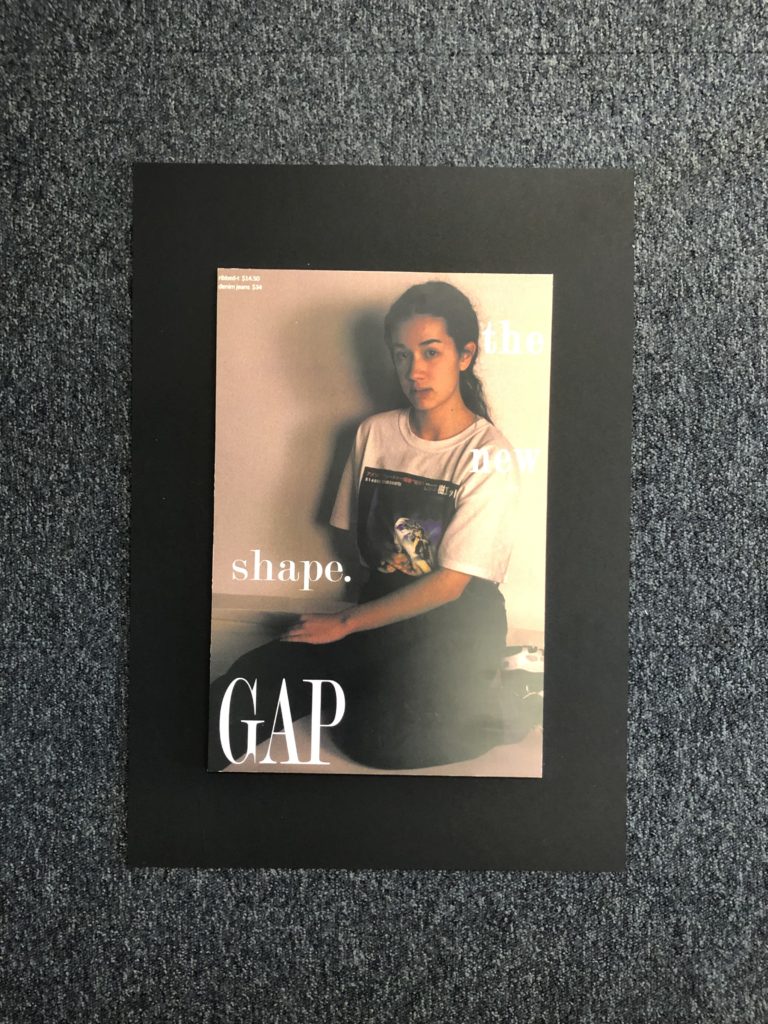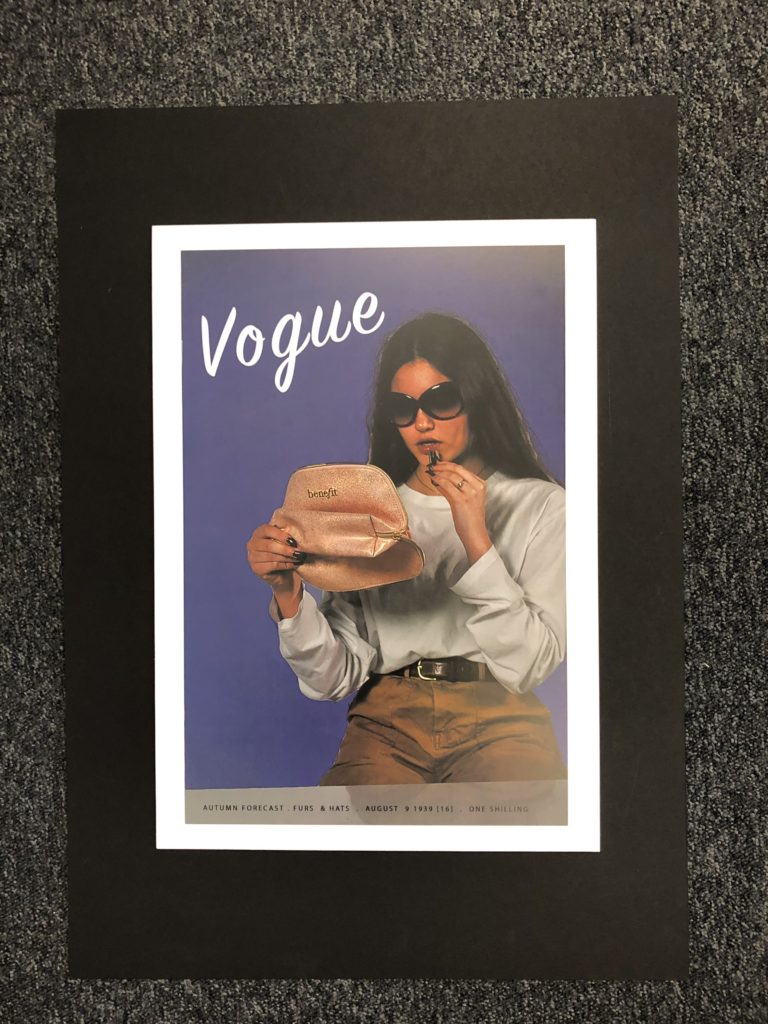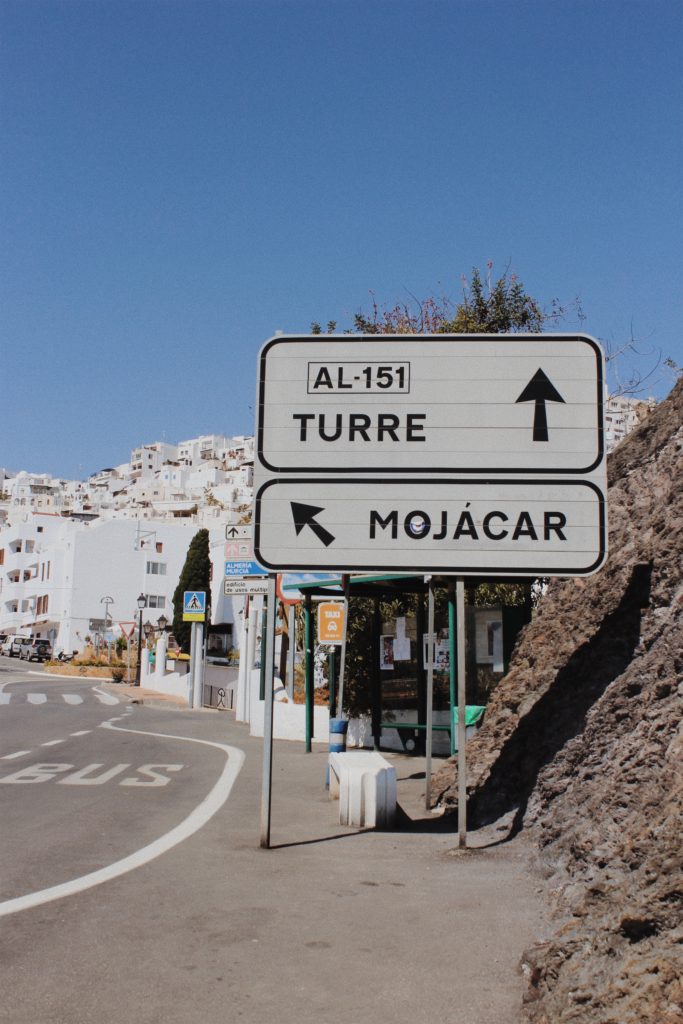For Journeys and pathways, I looked at multiple different ideas which could relate to the theme. At first, I wasn’t basing my photoshoots off of any photographer, simply taking pictures of things which I believed related to my theme, or could be edited in a way which made it relate. This included any pathway, water movements, sunsets and sunrises, clouds, and movements done by living things, such as myself or animals I was able to take pictures of. This started me off and gave me a wide range of photos which I could play with, and possibly use for future case study responses if it related to the photographer.
I then started to look at The Boyle Family, a group of photographers who travel around and take pictures of floors which they find interesting, unique and has some sort of history to it. I chose these photographers as the way they took the images related to the themes, where they traveled around many different places to find the right picture, and what they took photos of, pictures of floors which have been on their own journey, changing over time. The photoshoots I took for these were simple and needless to say, I enjoyed taking the abstract images. I managed to take around 300 images, from places all around Jersey and Central London, many of which have some interesting history behind it. I chose 6 of the 300 images I took, and was originally going to display them on a large cube, but as I wasn’t able to make it in time for the exam, and wouldn’t have enough time during the exam, I decided to put them on a large piece of black card instead, with them doing down in the middle, and with one side of the images being more elevated than the others, in some way making them look like stepping stones.
For my second photoshoot, I looked at Paul Reiffer, a photographer who takes stunning pictures of scenery, mainly in the sunset and sunrise area. I chose him because he did what I wanted to do since I started the theme of Journeys and Pathways, pictures of sunsets, which can relate to my theme as the sun makes a journey across the sky daily. Reiffer’s images are particularly colourful, with many colours such as purple, blues, yellows and oranges. I enjoyed taking pictures based off of this photographer the most, as i’ve always been interested in landscape and colourful scenery, For my final images, I chose two of those which I based off of him, one being a sunset in St.Helier and the other being one at the River Thames in London. To get it as colourful as his, I added colours on different layers on top, and then reduced the capacities until i got the desired outcome I wanted. To display them, what I did was create two window cuts into a large piece of black card, with one of the images being longer than the other below it, as that’s how it was when it was printed out.
For my final photoshoot, I focused on Mikko . Although I wasn’t able to replicate the nighttime skies he implemented into his photos, I still based my photos on his pathway works, finding interesting pathways which could be edited in a way which made it stand out. I chose one image for my final piece, and it was of a pathway in Peckham Park, London. I first edited it in photoshop, increasing contrast, brightness and vibrance. When it came to framing it, I cut it into 6 separate pieces, and then stuck them onto a small piece of black card, with each strip getting higher and higher as it went along, since I stuck strips of card together to make platforms. I did this to make it similar to how stairs look, which could also relate to the theme of Journeys and Pathways.
Overall, I enjoyed this theme from the start. There were lots of ideas I could implement into my work and it was hard limiting them down to only a few choices, however I am pleased with my final pieces and how they turned out.
































